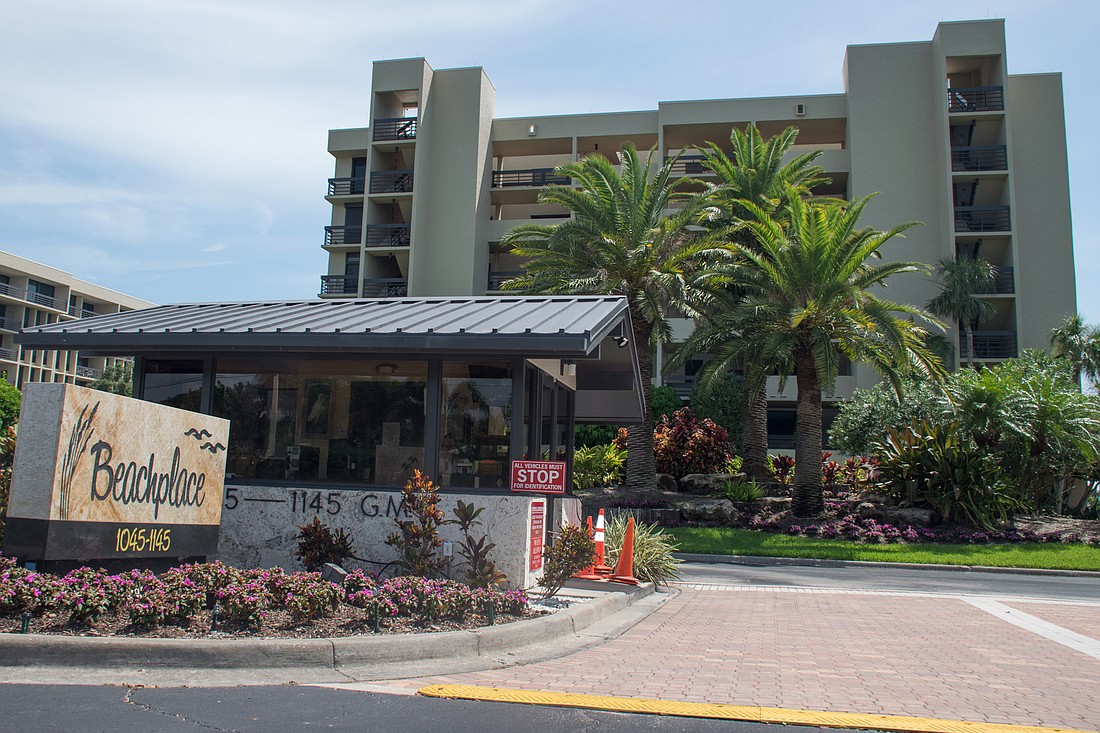- July 4, 2025
-
-
Loading

Loading

Longboat Key has more than 100 properties that don’t meet its zoning requirements. These older structures were built in a time when they could be taller, have more units per acre and be built closer to property lines and the gulf.
So what happens if one of those buildings, referred to as “nonconforming,” sustains irreparable damage? Or what if a building is outdated and the owners want to redevelop?
Town code today says those buildings would have to be built to the exact specifications in which they exist to retain their nonconforming allowances. Among those allowances: density beyond what’s allowed; greater height; and shorter setbacks from property lines or the beachfront.
That means a nonconforming condominium building could not be reconfigured to accommodate 10-foot ceilings instead of 8-foot ceilings, for example, or increase square footage to add a washer and dryer to units in a building that has shared laundry — amenities in high demand in today’s housing market, the Urban Land Institute said in a 2013 study.
“Most of the nonconforming issue has to do with density: more dwelling units per acre than designed for,” said Planning, Zoning and Building Director Allen Parsons.
Town commissioners have recognized this as a problem, working for at least three years to change the town’s redevelopment code regarding nonconforming structures.
“Our code hasn’t been changed a lot since the ’80s, and it’s very frustrating for me,” said Commissioner Jim Brown.
But island leaders have yet to make a decision about what to do with the code, a policy they were hoping to have before hurricane season began June 1.
The Town Commission has met three times in the past three months to discuss paths forward. And it has had a rubric to work off: an ordinance passed by the Planning and Zoning Board in 2017 to rework the redevelopment code.
That ordinance stalled in 2017 when Unicorp National Developments brought its plan to redevelop the shuttered Colony Beach & Tennis Resort before the town.
But now the seven commissioners have developed three objectives in designing a new code to make nonconforming properties meet the town’s zoning codes:
For example, say a nonconforming property, built in an area zoned for 14 units an acre, is extensively damaged. Under the new objective, a rebuild would have to maintain that density. It would also have to be rebuilt to zone standards, taking into account open space, setbacks and maximum height.
Once rebuilt, the building would be granted conforming status.
Beyond the established three objectives, it’s up to the Planning and Zoning Board to push forward a proposal. The Town Commission has asked Planning and Zoning Board members to discuss a new “floating zone district,” which would allow for additional cubic content.
“My argument to this date is that if [residents] can rebuild within our codes, then they can build whatever square footage they want to,” Brown said.
This floating zoning district, as proposed, would give anyone who wants to redevelop, or has to rebuild, latitude to add space.
But that call to action wasn’t without direction. Commissioners gave three objectives for a potential floating zone district, which would work as a means of making nonconforming properties conform.
The commissioners’ objecttives are:
But this doesn’t mean the commission is powerless if a hurricane were to destroy properties on the island before its work on a new redevelopment code is finished. Parsons said that island leaders could make an emergency decision on the zoning code to create allowances for island buildings to reconstruct to meet market standards.
Commissioner Ken Schneier said he wished the code would have been reworked years ago, but that sometimes government can take longer than expected to make decisions.
“I am hopeful that it is done well in advance of next year’s hurricane season,” Schneier said of the redevelopment code. “Anything that involves a lot of people coming to consensus takes a lot of time.”